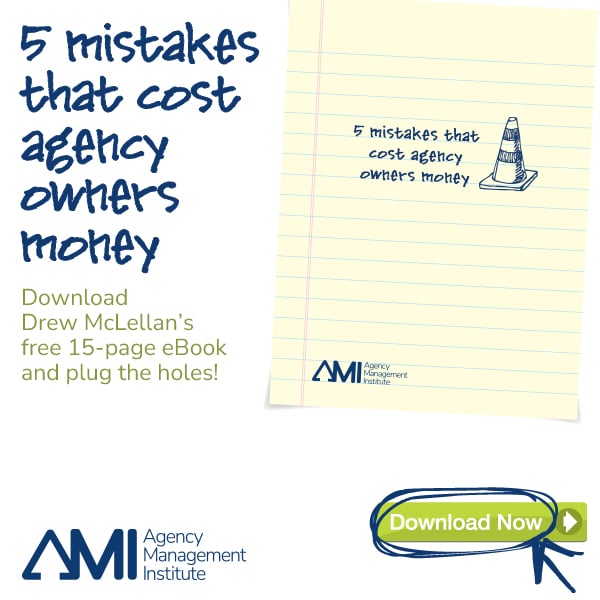10 Steps For Managing Change In Your Business
Change—some thrive on it, while others resist it. Why is it that two individuals can look at the same thing and think totally different thoughts? Some see change as essential, while others fear the worst. "Half full" versus "half empty"—possibilities versus consequences. We have a few ideas on managing change in your business. Here’s our basic behavioral profile—we’re optimists; we enjoy interacting with others, have a high trust level, sometimes talk too much, are generally quick to accept meaningful change and at times too direct. We share these behaviors with about half of the population. Our natural tendencies are to quickly accept change. Keep in mind that over one-third the population is naturally reserved about accepting change and there’s an additional 14% who flatly resist change. (Figures based on DISC Behavior population norms.) While sometimes we control change, most of the time we are impacted by change and are expected by employers, clients, boards of directors or the government to accept change and support it. But if our natural tendencies are to be reserved or resistant, is it a fair expectation? Our answer, setting aside our personal tendencies, is “no.” Even for change “embracers” like ourselves, skepticism may set in if a change effort is poorly managed. For “change” to take place we need a large segment of the work force to accept, believe and support the change. Change needs to be accepted and ultimately viewed positively. If change isn’t accepted, it will become the kryptonite that brings an organization to its knees. The real questions are “Where?,” “Why?” and “How?” will an organization make critical changes. and "What are the implications if changes are not implemented?" Here is a change process designed to engage the [...]



